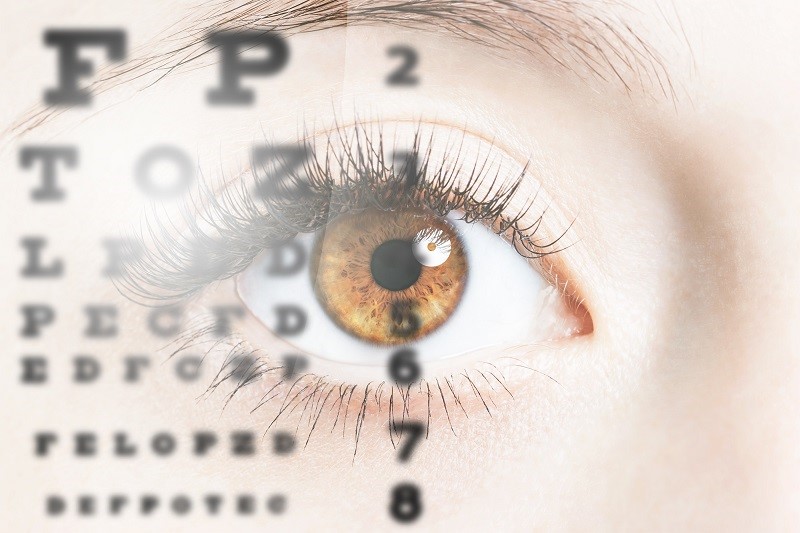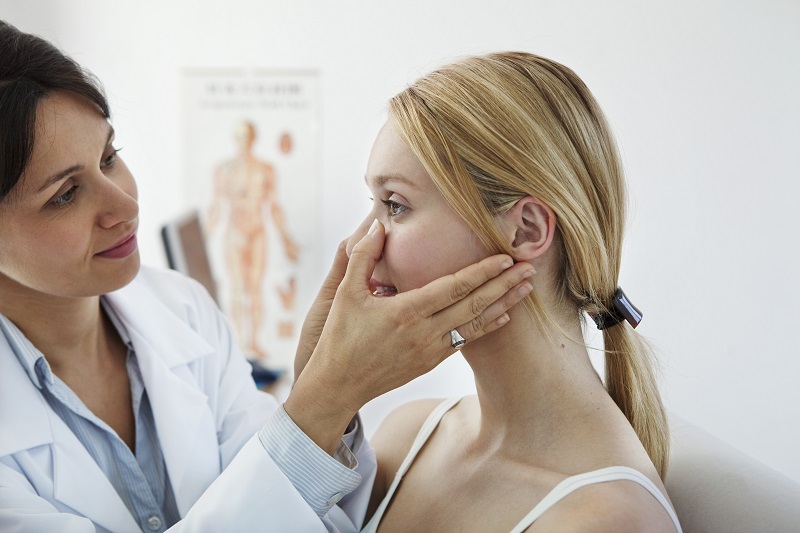Table of Contents
Human body changes with age that leads to gradual transformations in individual cells and whole organs, in functions and appearance. Eyes also change as people grow older. Often a change in vision is considered the first unquestionable sign of aging. Although aging cannot be stopped, some of its debilitating effects can be delayed or minimized.
As you get older, you may face the following problems. Some of them are natural physiological changes affecting the quality of your vision and your eyes appearance. Some of them can be treated relatively easily after doctor’s visit. But some of them are serious diseases that require more sophisticated approaches.

Physiological changes
- The lens stiffens and focusing on closer objects, or small print gets harder. Also, it is difficult to see in dim light. You have to strain your eyes to see clearly, and eyes might start burning. You may also get a headache or tired eyes. This condition is called presbyopia. Most people begin to notice the effects of presbyopia after the age of 40. Reading glasses usually fix the problem1.
- The pupil reduces in size and becomes slow. The muscles controlling the pupil lose some strength. And so, it doesn’t react adequately. Therefore good lighting is important for near tasks and also need more time for eyes to adjust to different lighting environments.
- The nerve cells weaken as connective tissues thicken resulting in impairment of exchange of nutrients and other metabolites between the capillaries and nerve fibers. Later cellular material may accumulate in the optic nerve fiber bundles forming degeneration of the optic nerve2.
- The size of our visual field decreases. A normal loss of peripheral vision makes approximately one to three degrees per 10 years of life. By the time you reach your 70s, you may have a peripheral visual field reduced by almost one third3. A decrease in the visual field can limit one’s driving ability so it is very important for an annual eye check to be more proactive.
- Amount of tears produced by the lacrimal gland reduces with age. It causes dry eyes3. It can be uncomfortable as you may feel itching, burning or even some loss of vision. This is treated easily with artificial tears or other methods.
- Cells in the retina decline and sensitivity to colors decline too. Besides, the contrast between colors gets less noticeable.
Changes in the appearance of eyes
- The whites may turn slightly yellow or brown due to years of exposure to UV light, wind, and dust.
- Random splotches may appear in the whites.
- A gray ring consisting of calcium and cholesterol began to appear on the eye surface.
- Due to muscles around the eyes weaken, the lower and upper eyelid may droop.
- The decreasing amount of fat around the eye may cause sunken eyes.
Age-related eye diseases
- Cataracts are a cloudy area/s in the lens inside of eyes causing blurred or hazy vision. The eye lens consists of water and proteins. These proteins accumulate with age and form small clumps throughout the lens. This prevents the transmission of light and changes your vision4. Some cataracts are small and don’t affect your eyesight as much. Others become large and reduce vision significantly. Cataract surgery is used to restore good vision.
- Glaucoma occurs when the increased intra-ocular pressure compresses the optic nerve inside the eye gradually damaging them5. If not treated, glaucoma can cause a loss of vision and blindness. People suffering from glaucoma often have no early symptoms. You can protect yourself checking your eyes regularly. Treatments include prescription eye drops, lasers, or surgery.
- Retinal disorders affect a retina that is a thin layer of tissue on the inside back wall of your eye. Retinal diseases vary widely, but they share some common signs and symptoms like blurred or distorted vision, defects in the side vision, seeing floating specks or cobwebs, and even lost vision. Retinal diseases that affect aging eyes include age-related macular degeneration, diabetic retinopathy, and retinal detachment3. Depending on your condition, treatment may stop or slow the disease. But untreated retinal disorders can cause severe irreversible vision loss.
- Corneal disease is a serious condition that can cause redness, watery eyes, pain, reduced vision, or a halo effect. The cornea is the clear tissue at the front and center of the eye. It helps focus light entering the eye. Also, it protects the eye from infection and foreign material. The normal cornea is smooth and tough. Diseases, infections, injuries, toxic agents and other elements can damage the cornea3. Treatments include eye drops. Some severe conditions may require surgery.
What to do to keep your vision strong

Although these changes are age-related and so they happen sooner or later, you can do some things to keep your vision strong as long as possible. The following tips may help you maintain your eye health:
- Wear sunglasses that block UV radiation and a wide-brimmed hat when outdoors – your optometrist may help choose the right ones.
- Eat a healthy diet high in omega-3 fatty acids and antioxidants, including lutein, zeaxanthin, vitamins A, C, E, and zinc. Consume more fish, nuts and legumes, eggs, dairy, carrots, oranges and green leafy vegetables such as kale, spinach, and broccoli. You may consider taking supplements; again, it is something with which your eye doctor may help.
- Quit smoking as it increases the risk of eye diseases.
- Stay physically active.
- Maintain a healthy weight.
- Control diseases related to eye problems like diabetes or high blood pressure.
- Use brighter lights for reading. Give yourself more time to adjust to changing light conditions.
- Have routine eye exams to find out problems at an early stage before they develop into serious condition.
- Have regular full medical check-ups to identify conditions such as diabetes or heart diseases that might cause eye problems.
- Discuss with your eye doctor all the concerns you have about your eyes and vision. Discuss any history of eye problems in your family as some of them are hereditary. Also, discuss any other health problems and medications taken including non-prescription drugs, vitamins, and herbal supplements because some can cause visual side effects like dry eye.
Eyecare as a part of aging care program
Worldwide people are living longer. This means that the number of older people is increasing rapidly compared to the overall growth of the population. By 2025, there will be twice as many older people as there were in 20006.
The number of age-related eye problems is increasing as well. It will increase the costs associated with treatments and rehabilitation over the next few decades.
Also, we notice the changes in attitudes towards aging and older people live a full life. Maintaining good vision is an integral part of so-called active aging that means better health and participation in society. In this context, eye care should be a part of aging care program to help older people function healthily throughout their lifetime and remain as active as possible in their later years. We are located in Santa Ana and for more information, please visit us at Eyeschoice Optometry



